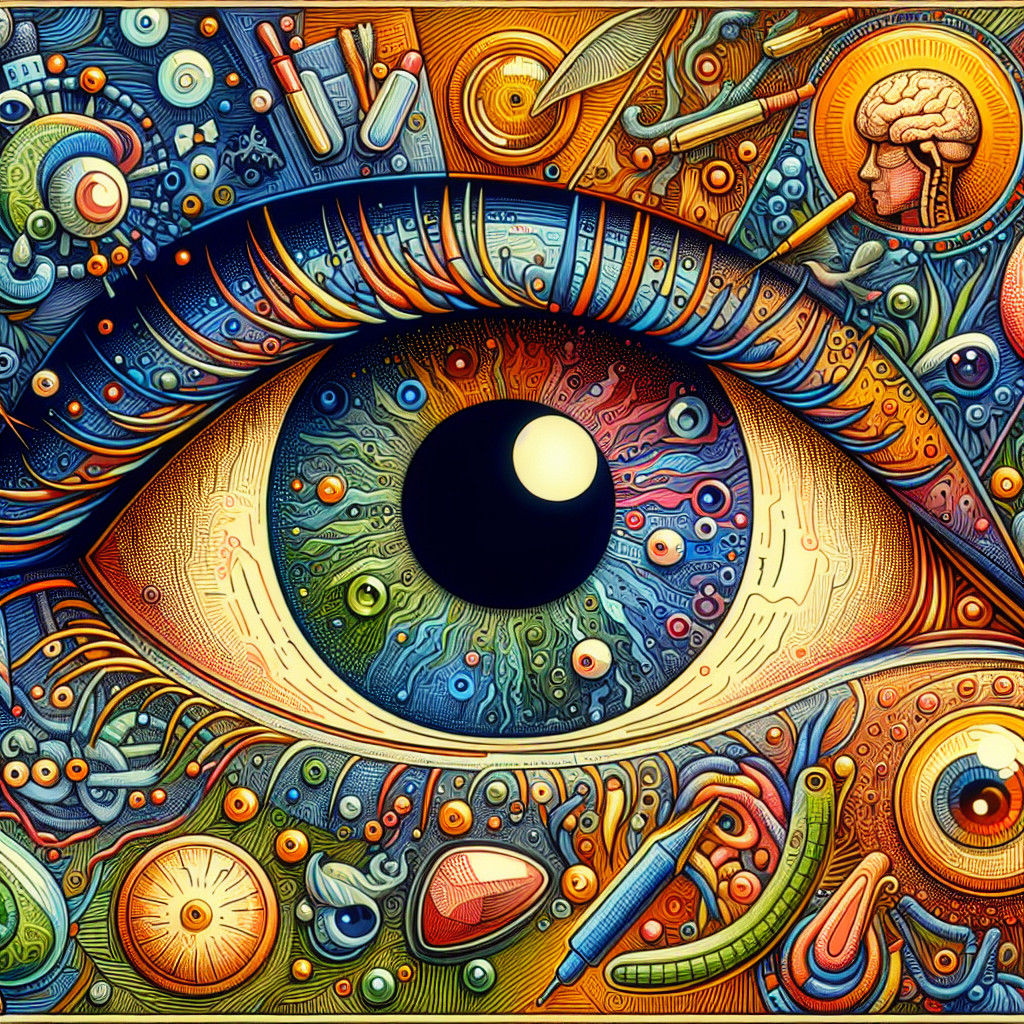Introduction
Our eyes, often referred to as the windows to the soul, play an indispensable role in our daily lives. Yet, like a gentle breeze rustling through leaves, we often take them for granted until a problem arises. This article delves into the four most common eye issues faced by individuals, illuminating pathways for prevention and treatment. Picture your vision as a delicate tapestry of colors and light; understanding these problems ensures that tapestry remains vibrant.
- Understanding Eye Problems
- The Four Most Common Eye Issues
- Prevention and Early Detection
- When to Seek Professional Help
- FAQs About Eye Health
- Conclusion
Understanding Eye Problems
Much like a compass guiding a ship through turbulent waters, our eyes navigate us through life’s myriad experiences. The complexity of this organ is matched only by its vulnerability to various problems. From minor irritations to significant impairments, recognizing the signs of eye troubles can make all the difference in maintaining healthy vision.
The Four Most Common Eye Issues
1. Refractive Errors
Refractive errors are akin to a camera lens out of focus, blurring the clarity of life’s moments. These include nearsightedness, farsightedness, astigmatism, and presbyopia. When the eye cannot correctly focus light on the retina, vision becomes blurred or distorted. According to the Centers for Disease Control and Prevention (CDC), refractive errors are the most common eye issues worldwide. Corrective lenses or surgery are common solutions.
2. Cataracts
Imagine viewing the world through a frosted window; that’s what living with cataracts can feel like. This condition involves clouding of the lens inside the eye, leading to decreased vision over time. While often associated with aging, cataracts can occur at any age due to certain medical conditions or trauma. Surgical removal of the cloudy lens and replacement with an artificial one is a standard treatment approach.
3. Age-Related Macular Degeneration (AMD)
Consider AMD as a thief in the night, silently stealing the sharpness and detail from your central vision. This condition affects the macula, the part of the retina responsible for clear central vision. Symptoms may start subtly but can progress to severe vision loss. The National Eye Institute provides resources on managing AMD through lifestyle changes and medical treatments.
4. Glaucoma
Glaucoma is often called the “silent thief of sight” because it gradually reduces peripheral vision without warning until it is quite advanced. Increased intraocular pressure damages the optic nerve, leading to this condition. Regular eye exams are crucial in detecting glaucoma early and slowing its progression with medication or surgery.
Prevention and Early Detection
Just as you wouldn’t embark on a journey without a map, maintaining eye health requires foresight and planning. Regular eye examinations act as check-ups for your vision’s roadmap, detecting potential issues before they develop into serious problems.
Protective eyewear, a balanced diet rich in omega-3 fatty acids and antioxidants, and managing chronic conditions such as diabetes are vital steps toward safeguarding your vision. For more detailed guidance on treating eye infections and styes, explore our comprehensive treatment services.
When to Seek Professional Help
If you’re experiencing sudden visual changes, persistent discomfort, or symptoms interfering with daily activities, it’s essential to consult an eye care professional promptly. In some cases, an infected cut may not heal on its own and require immediate attention—similarly for eye issues. Learn more about when an infected cut might be an emergency situation here.
FAQs About Eye Health
How often should I get my eyes checked?
Adults should have comprehensive eye exams every 1-2 years. Those with risk factors for eye diseases may need more frequent visits.
Can lifestyle changes really impact my eye health?
Yes! Maintaining a healthy diet, exercising regularly, protecting your eyes from UV rays, and avoiding smoking can significantly reduce risks of developing serious eye conditions.
What are some warning signs of eye problems?
Blurred vision, headaches, eye strain, difficulty seeing at night, and sudden visual changes are common signs indicating a need for an eye examination.
Conclusion
The symphony of life is best experienced through clear vision. By understanding common eye problems and prioritizing regular check-ups, you ensure that each note plays in harmony. Just as a lighthouse guides ships safely to shore, let knowledge steer you toward maintaining optimal eye health throughout your lifetime. Remember, your eyes are not just devices for seeing but portals of experience—nurture them well.











